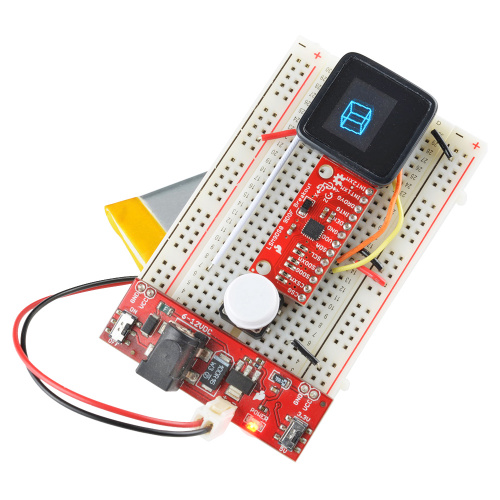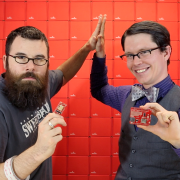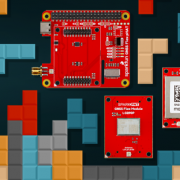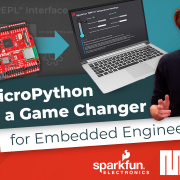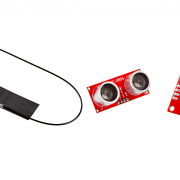Enginursday: Introducing the MicroView!
We're really excited about the MicroView -- a new Arduino compatible board with an integrated display! Check out why...
I'd like to use my Enginursday post to chat about a new project our SparkFun team is working really hard on these days -- something I'm super-excited about -- the MicroView!
ReplaceMeOpen
ReplaceMeClose
The MicroView is a collaborative project between SparkFun and our friends JP, Marcus and Maddy from Geek Ammo, the team behind the Ninja Blocks and Little Bird Electronics.
The MicroView, like many a brilliant product, began as a prank. When teaching Arduino classes, Marcus was frustrated by the disconnect between what's going on inside the Arduino and the limited outputs a student can actually visualize. Aside from staring at hypnotizing, scrolling lines of the serial monitor text, there's really no easy solution to show the data in your Arduino. To first combat this, they came up with the Magpie -- an Arduino-compatible board with LEDs on every output -- but Marcus asked JP if he knew of an even better solution. To which JP responded with:
A completely fabricated, photoshopped image of a chip with a built-in OLED display. JP got Marcus hook, line and sinker, and Marcus instantly wanted it! When finding out that he couldn't purchase this awesome new product, Marcus, not to be let down by JP's prank, convinced his team to make the MicroView a reality.
The Geek Ammo team has put the MicroView up on Kickstarter, and we've been working with them along the way, helping where we can with PCB design, part sourcing, manufacturing, and eventually reward fulfillment (this ain't our first Kickstater rodeo). Check out their Kickstarter video!
What's awesome about the MicroView is its utility for electronics beginners and experts alike. For beginners, the MicroView is one of the easiest-to-use Arduino platforms available -- it's perfect for anyone looking for an education in electronics, programming, or Arduino. The integrated display really helps to visualize what the microcontroller is doing (you might say it gives you a view into the microcontroller). The MicroView will even ship with built-in tutorials to help folks get started; and the Geek Ammo team has built a set of cross-platform, interactive tutorials that teach you how to create 11 different circuits.
The MicroView is also great for experienced electronics users. It uses an ATmega328P chip -- just like the Arduino Uno -- and runs at 5V/16MHz. It breaks out a dozen I/O pins, including six analog inputs (A0-A5) and 3 PWM outputs.
I'm personally excited about it because, by using it as a testing and rapid prototyping platform, it's going to make my job easier. It'll be especially awesome for testing out motion sensors, GPS modules, wearables, or anything that requires mobility. I've already built up a jig to use it to test our new LSM9DS0 9DoF Breakouts:
And, of course, the MicroView should have a bright future as the center-piece of finished projects. Smart watches, geo-cache sniffers, mobile breathalyzers...you name a project, I'm sure we'll see the MicroView integrated into it soon.
Right now we're in a prototyping stage with the MicroView. We've got some functional boards and enclosures, and (not to brag or anything) I've been lucky enough to get to start playing with them testing them out. They're awesome! If you want to get in early on the action, go back it now on Kickstarter!




